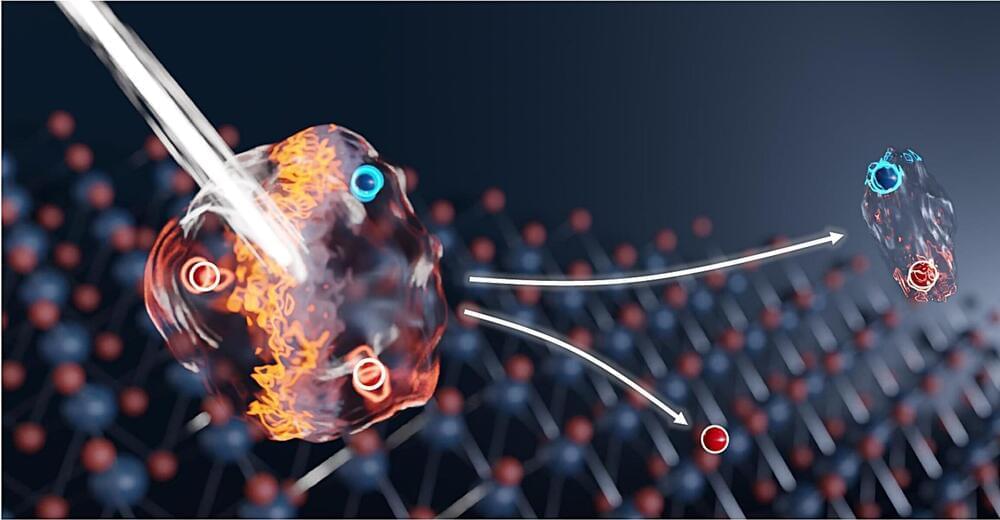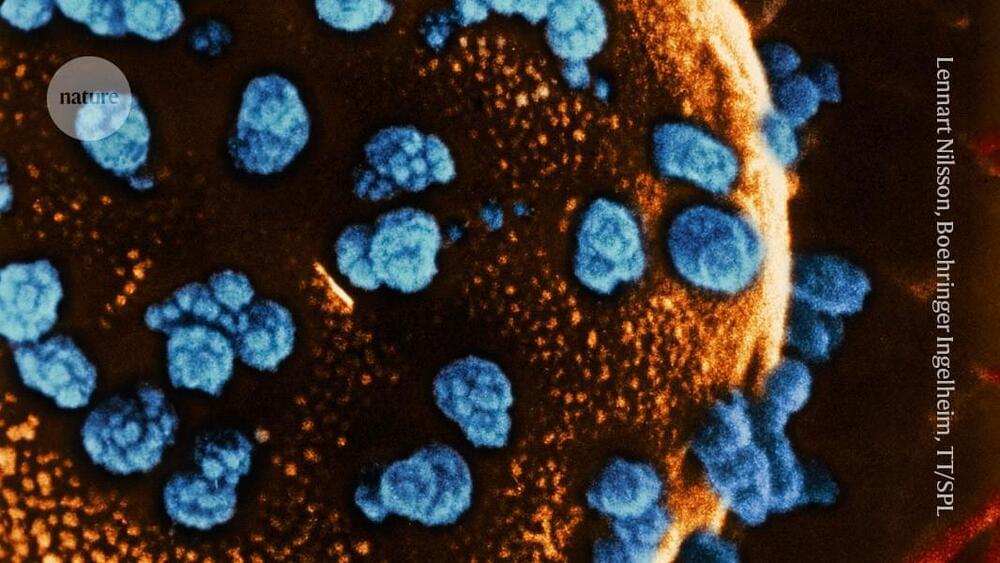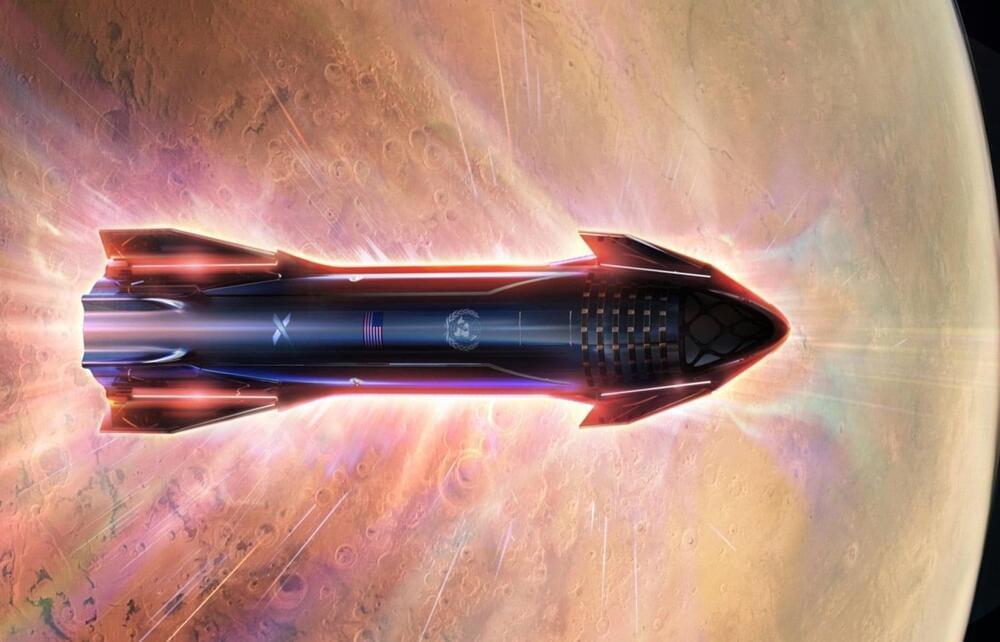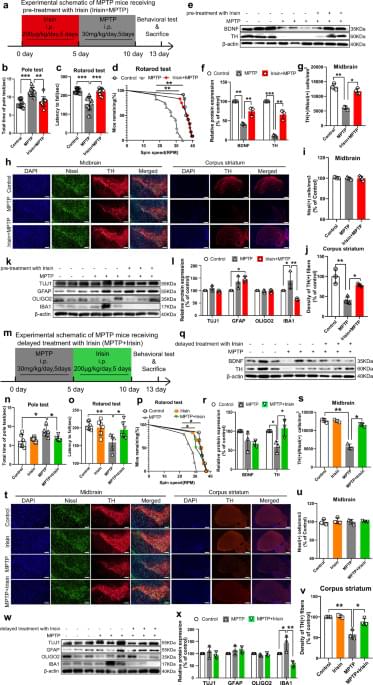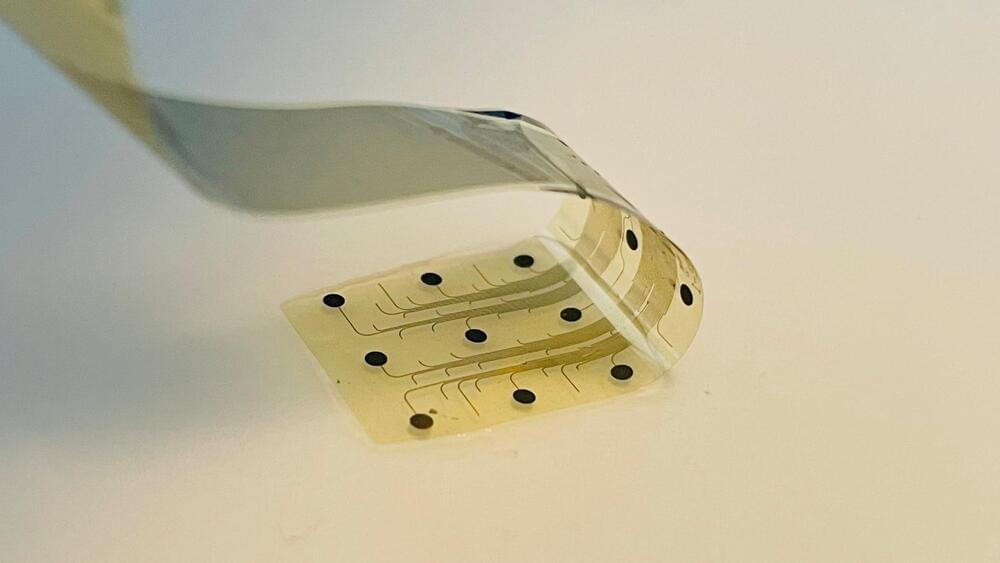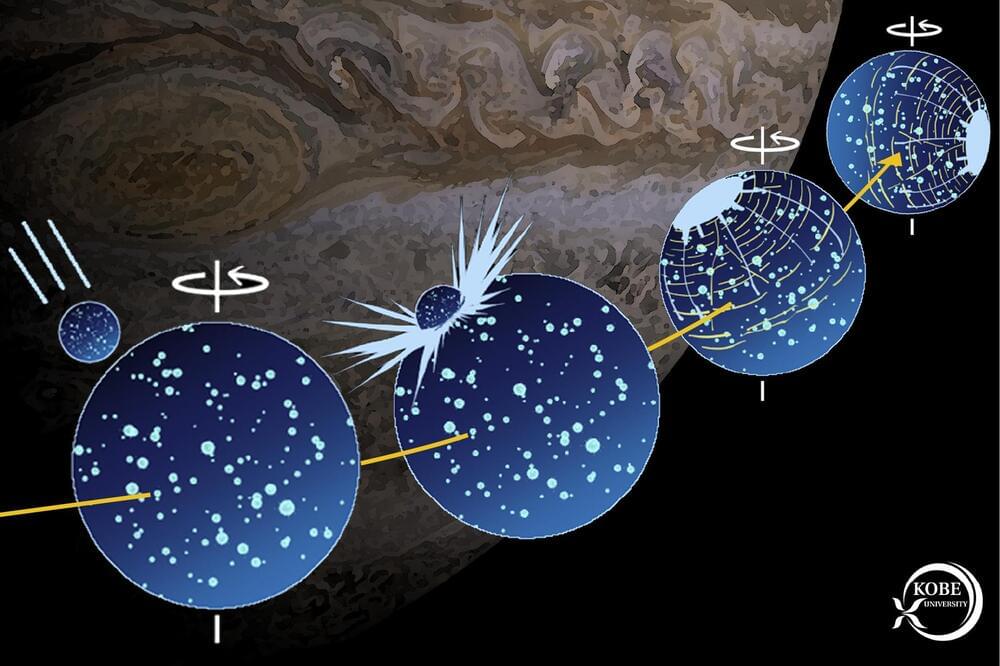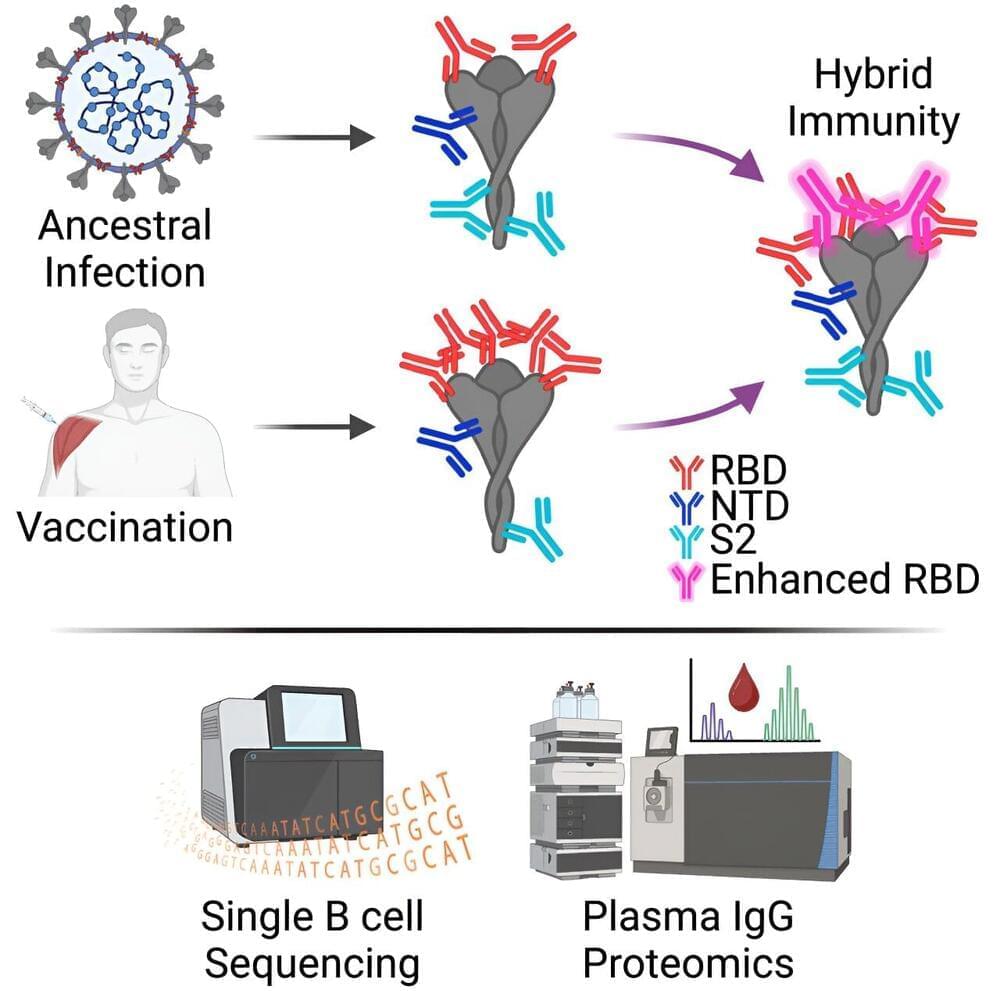Extremely thin materials consisting of just a few atomic layers promise applications for electronics and quantum technologies. An international team led by TU Dresden has now made remarkable progress with an experiment conducted at Helmholtz-Zentrum Dresden-Rossendorf (HZDR): The experts were able to induce an extremely fast switching process between electrically neutral and charged luminescent particles in an ultra-thin, effectively two-dimensional material.
Amazing success at reversing Type 1 diabetes.
A 25-year-old woman with type 1 diabetes started producing her own insulin less than three months after receiving a transplant of reprogrammed stem cells.
She is the first person with the disease to be treated using cells that were extracted from her own body.
Starship is the world’s largest and most powerful rocket and is shaping up to be the rocket that will finally realize the company’s dream, sourced from Elon Musk, of making humans a multi-planetary species. With a few Starship launches under its belt SpaceX is full steam ahead to achieving its goal, but it appears its being blocked by US regulators more than necessary, at least according to SpaceX.
Despite its goals, we have now learned an approximate figure SpaceX has spent on Starship’s development, with the company’s Chief Operating Officer, Gwynne Shotwell, saying in front of the Texas Appropriations Committee for Texas Space Commission that SpaceX has invested $3 billion into developing Starship and its surrounding facilities. Shotwell also pointed out SpaceX is about to break through the four million mark for Starlink customers and that as the network grows, it plans to expand its facilities and put more Starlink satellites in orbit.
The Menlo Park-based molecular diagnostics company is expanding to Austin, with eyes set on completing a 220,000-square-foot facility in EastVillage by 2026.
Its 1 million-square-foot facility promises to become more efficient at manufacturing printed circuit boards than rival factories in Southeast Asia, SpaceX’s president tells Texas lawmakers.
Year 2023 once again nad helps even in Parkinson’s being a neuroprotective for the mitochondria.
Zhang, X., Xu, S., Hu, Y. et al. Irisin exhibits neuroprotection by preventing mitochondrial damage in Parkinson’s disease. npj Parkinsons Dis. 9, 13 (2023). https://doi.org/10.1038/s41531-023-00453-9
A Spain-based startup has successfully demonstrated the capability of its graphene-based brain-computer interface (BCI) to perform precise tumor surgery.
INBRAIN Neuroelectronics, a company specializing in brain-computer interface therapies, successfully implanted its cortical interface in a human patient.
The decision locks libraries into an ecosystem that is not in readers’ interests. Congress must act.
Around 4 billion years ago, an asteroid hit the Jupiter moon Ganymede. Now, a Kobe University researcher realized that the Solar System’s biggest moon’s axis has shifted as a result of the impact, which confirmed that the asteroid was around 20 times larger than the one that ended the age of the dinosaurs on Earth, and caused one of the biggest impacts with clear traces in the Solar System.
Ganymede is the largest moon in the Solar System, bigger even than the planet Mercury, and is also interesting for the liquid water oceans beneath its icy surface. Like the Earth’s moon, it is tidally locked, meaning that it always shows the same side to the planet it is orbiting and thus also has a far side. On large parts of its surface, the moon is covered by furrows that form concentric circles around one specific spot, which led researchers in the 1980s to conclude that they are the results of a major impact event. “The Jupiter moons Io, Europa, Ganymede and Callisto all have interesting individual characteristics, but the one that caught my attention was these furrows on Ganymede,” says the Kobe University planetologist HIRATA Naoyuki. He continues, “We know that this feature was created by an asteroid impact about 4 billion years ago, but we were unsure how big this impact was and what effect it had on the moon.”
Data from the remote object is scarce making research very difficult, and so Hirata was the first to realize that the purported location of the impact is almost precisely on the meridian farthest away from Jupiter. Drawing from similarities with an impact event on Pluto that caused the dwarf planet’s rotational axis to shift and that we learned about through the New Horizons space probe, this implied that Ganymede, too, had undergone such a reorientation. Hirata is a specialist in simulating impact events on moons and asteroids, so this realization allowed him to calculate what kind of impact could have caused this reorientation to happen.
Researchers have discovered an antibody able to neutralize all known variants of SARS-CoV-2, the virus that causes COVID-19, as well as distantly related SARS-like coronaviruses that infect other animals.
As part of a new study on hybrid immunity to the virus, the large, multi-institution research team led by The University of Texas at Austin discovered and isolated a broadly neutralizing plasma antibody, called SC27, from a single patient. Using technology developed over several years of research into antibody response, the team led by UT engineers and scientists obtained the exact molecular sequence of the antibody, opening the possibility of manufacturing it on a larger scale for future treatments.
“The discovery of SC27, and other antibodies like it in the future, will help us better protect the population against current and future COVID variants,” said Jason Lavinder, a research assistant professor in the Cockrell School of Engineering’s McKetta Department of Chemical Engineering and one of the leaders of the new research, which was recently published in Cell Reports Medicine.
